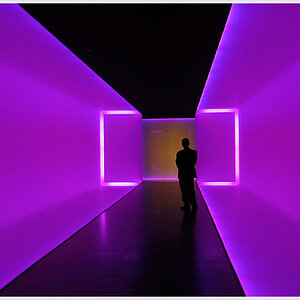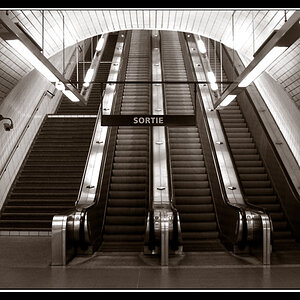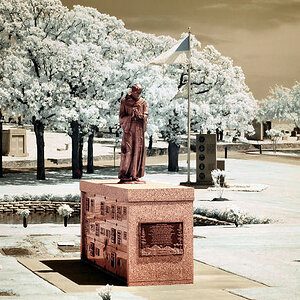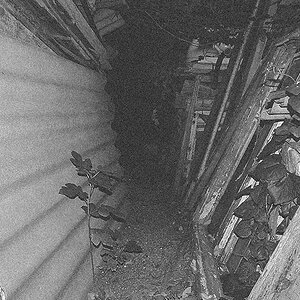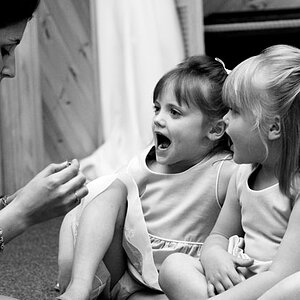whiskersnaps
TPF Noob!
- Joined
- Aug 17, 2007
- Messages
- 1
- Reaction score
- 0
- Can others edit my Photos
- Photos NOT OK to edit
im currently enrolled in a photography class & these are some of the questions i am having difficulties with! any help would be appreciated! Thanks :]
1. how are all cameras basically the same?
2. which setting on a camera controls depth of field?
3. Which control or setting affects the way movement will be recorded, whether or not it will be blurred?
4. What is the advantage of bracketing by changing the shutter speed?
5. What is the possible problem with bracketing by changing the aperture?
6. When could bracketing by shutter speed cause a problem?
7. What is composition and when does a photographer begin to compose an image?
8. The active layer of film is the (A) film base (B) emulsion (C) anti-halation coating
9. The film speed rating for black and white film is determined by (A) the size of the silver halide crystals in the emulsion (B) the shutter speeds of the camera (C) the film base
10. The larger the silver halide crystals in the films emulsion (A) the higher the film speed rating (B) the slower the film speed rating (C) the more likely the film will be overexposed
11. Faster films are (A) more sensitive to light (B) not as sharp as slower films (C) both A and B
12. In tri-pack film construction each one of the three emulsion layers is (A) sensitive to a different color of light (B) sensitive to different ISO setting (C) contains a different size of silver halide crystals
13. Color films (A) are more sensitive to exposure errors than black and white film (B) do not have as much latitude as black and white films (C) both A and B
14. After they are mixed by chemicals for film development should (A) used immediately (B) kept in air-tight containers (C) stored in a refrigerator
15. developer should be stored in (A) clear glass bottles (B) containers that block light (C) uncovered metal plates
16. The chemical called "fixer" or "hypo" (A) removes unexposed silver halide crystals from black and white film (B) should never be reused (C) helps eliminate water spotting on developed film
17. When developing film, the temperature of the chemicals and water (A) is unimportant (B) should be kept at 68 degrees (C) depends on how many exposures are on the roll of film
1. how are all cameras basically the same?
2. which setting on a camera controls depth of field?
3. Which control or setting affects the way movement will be recorded, whether or not it will be blurred?
4. What is the advantage of bracketing by changing the shutter speed?
5. What is the possible problem with bracketing by changing the aperture?
6. When could bracketing by shutter speed cause a problem?
7. What is composition and when does a photographer begin to compose an image?
8. The active layer of film is the (A) film base (B) emulsion (C) anti-halation coating
9. The film speed rating for black and white film is determined by (A) the size of the silver halide crystals in the emulsion (B) the shutter speeds of the camera (C) the film base
10. The larger the silver halide crystals in the films emulsion (A) the higher the film speed rating (B) the slower the film speed rating (C) the more likely the film will be overexposed
11. Faster films are (A) more sensitive to light (B) not as sharp as slower films (C) both A and B
12. In tri-pack film construction each one of the three emulsion layers is (A) sensitive to a different color of light (B) sensitive to different ISO setting (C) contains a different size of silver halide crystals
13. Color films (A) are more sensitive to exposure errors than black and white film (B) do not have as much latitude as black and white films (C) both A and B
14. After they are mixed by chemicals for film development should (A) used immediately (B) kept in air-tight containers (C) stored in a refrigerator
15. developer should be stored in (A) clear glass bottles (B) containers that block light (C) uncovered metal plates
16. The chemical called "fixer" or "hypo" (A) removes unexposed silver halide crystals from black and white film (B) should never be reused (C) helps eliminate water spotting on developed film
17. When developing film, the temperature of the chemicals and water (A) is unimportant (B) should be kept at 68 degrees (C) depends on how many exposures are on the roll of film



